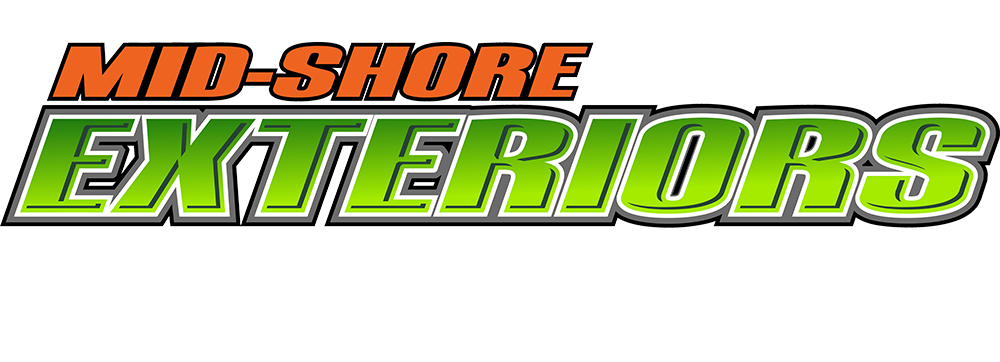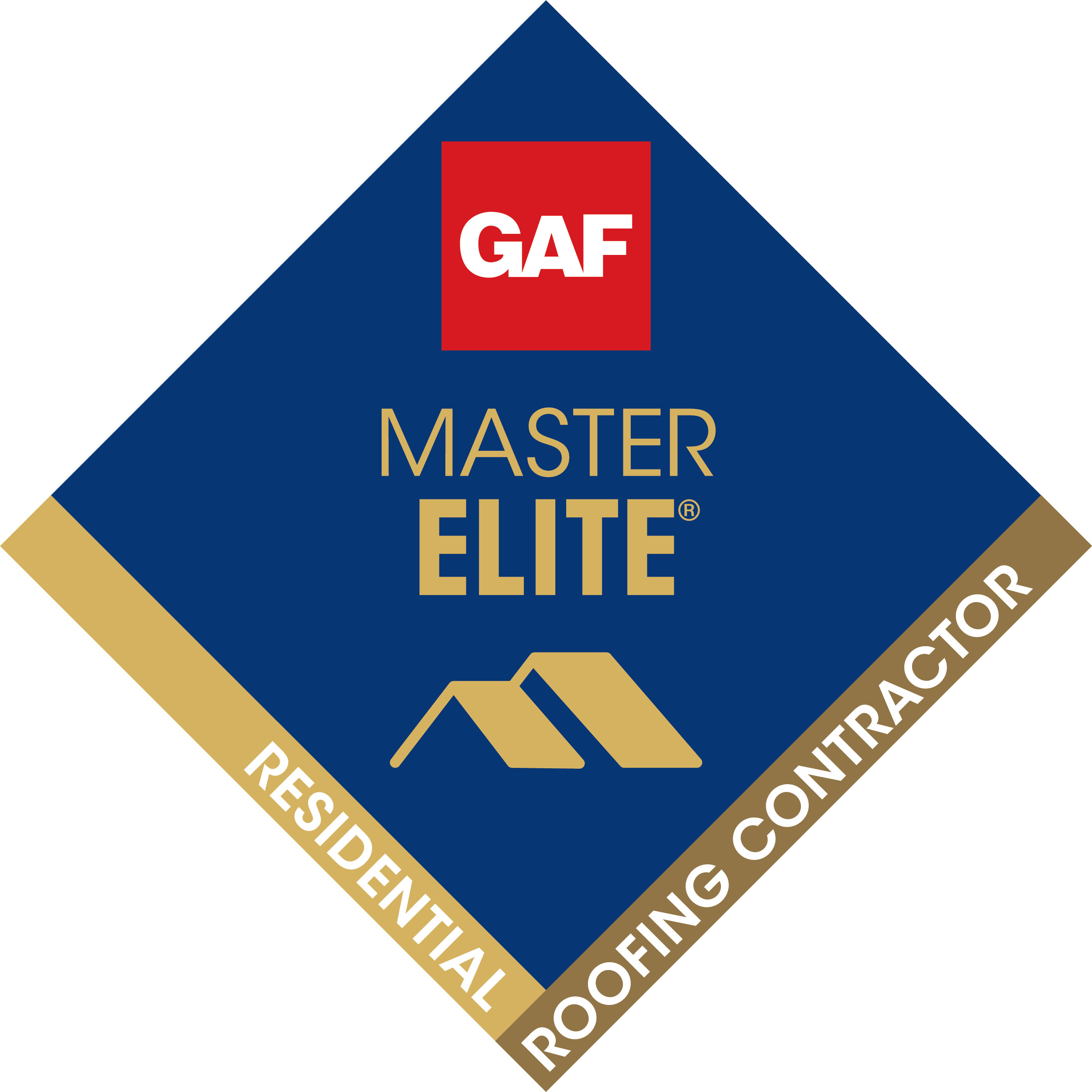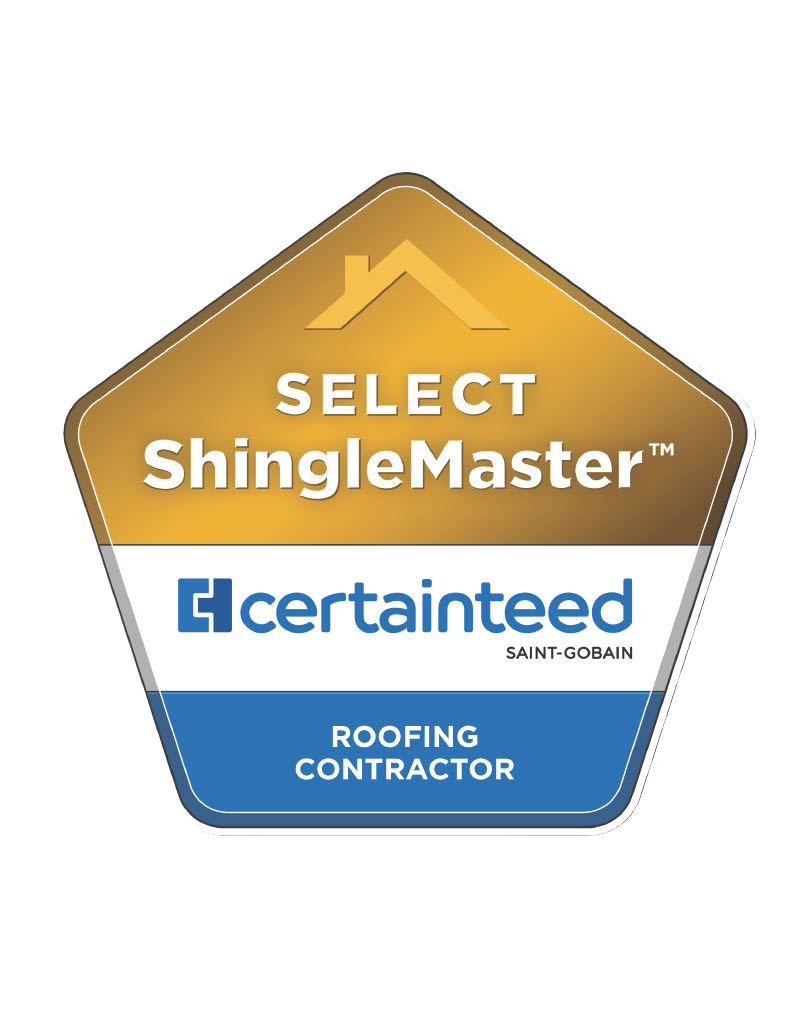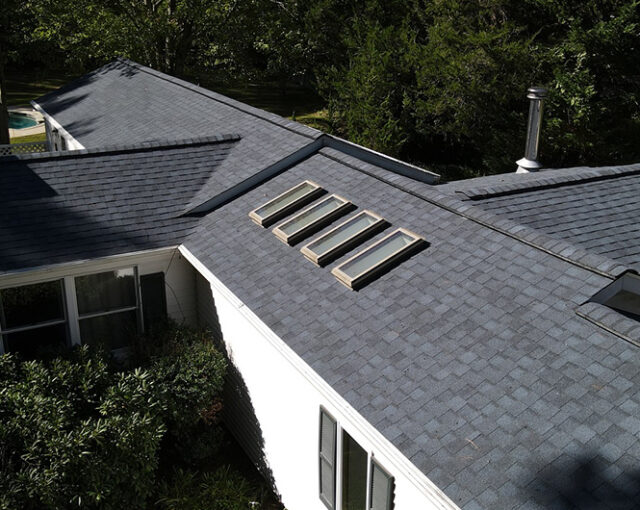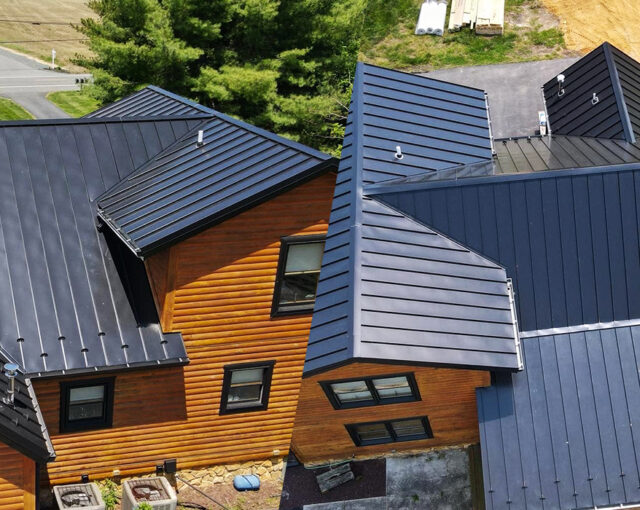Solar Shingles or Panels? What Maryland Homeowners Need to Know
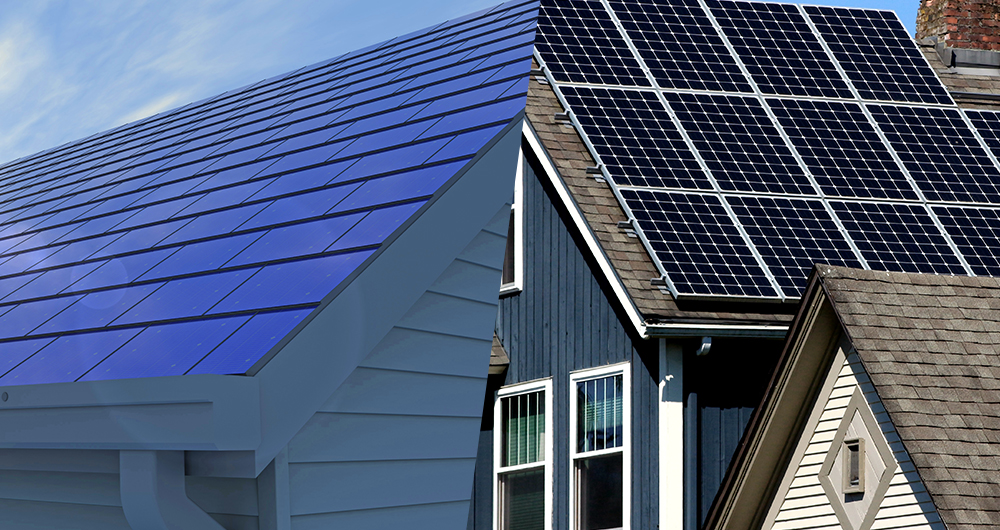
If you’re thinking about going solar, there’s a big decision to make: should you go with solar shingles or traditional solar panels?
One key advantage of solar shingles is their dual functionality—they serve as both roof shingles and energy generators, unlike traditional solar panels that are primarily designed for solar power production.
At Mid-Shore Exteriors, we know that homeowners on the Eastern Shore want energy savings without sacrificing roof quality, home value, or aesthetics. This guide will help you weigh the pros and cons of each option so you can make the best decision for your home and budget.
What Are Solar Shingles?
Solar shingles are a type of roof shingles and roofing material that integrate solar technology directly into your roof. As a form of building integrated photovoltaics (BIPV), solar shingles serve as both solar roof shingles and solar panel shingles, providing energy generation and roof protection in one. They are designed to resemble solar tiles and asphalt shingles, blending seamlessly with standard roofing materials and conventional roofing materials for an attractive, unified appearance. Instead of sitting on top of your roof like panels, solar shingles actually become part of the roof itself. They’re designed to look like traditional shingles or tiles and can even match the look of asphalt or slate.
These solar shingles are installed as part of the roof structure and can be integrated with existing roof shingles or traditional roof shingles, offering flexibility for different roofing projects. Unlike regular shingles, solar shingles contain solar cells that generate electricity while also providing weather protection. Some can handle winds over 150 MPH, making them a good fit for coastal weather on the Shore. For new construction or homes that need a roof replacement, they offer a streamlined solution that looks great and produces clean energy.
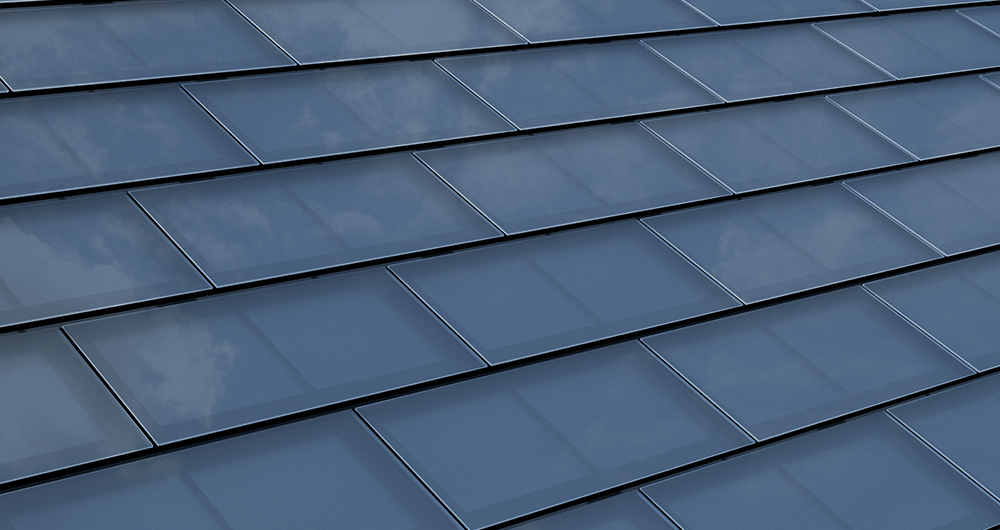
Key Differences Between Solar Shingles and Solar Panels
Appearance: Solar shingles blend in with your roof and are barely noticeable from the street, as they are designed to replace traditional roofing materials. Conventional solar panels, on the other hand, are typically mounted on top of your existing roof and are more visible, which may not be ideal for all neighborhoods or HOAs.
Installation: Installing solar shingles often involves removing part or the entire roof and integrating the new solar roofing materials, making the solar shingle installation process more complex. This usually takes about a week. Installing solar shingles requires careful planning and professional expertise. Solar panels can often be installed in just a day or two and don’t require roof removal unless repairs are needed first.
Efficiency: Solar panels are more efficient at converting sunlight into electricity, especially since they’re raised and allow for airflow. Solar shingles lay flat, which can cause them to run hotter and reduce their performance. In terms of energy production, solar shingles generally produce less electricity than conventional solar panels due to their lower conversion efficiency.
Cost: Solar shingles tend to have a higher upfront cost initially, but may offer long-term benefits. On average, solar shingle systems can cost between $50,000 and $70,000 before tax incentives, while traditional solar panel systems usually fall between $24,000 and $36,000 for a similar output.
Roof Condition: Solar panels work well if your roof is in good condition. If your roof is nearing the end of its lifespan, it may make more sense to go with solar shingles and replace your roof and go solar at the same time.
Benefits of Solar Shingles
- Seamless look that blends with your roof, enhancing curb appeal and maintaining your home’s visual aesthetics.
- Solar shingles offer both energy generation and roofing protection, making them a cost effective solution that improves curb appeal over time.
- Contribute to renewable and clean energy production by helping homeowners generate solar energy and integrate solar systems seamlessly into their homes.
- More likely to be approved by homeowners associations or architectural review boards.
- Ideal for new homes or when your roof needs to be replaced soon.
- Installed using standard roofing methods, with fewer roof penetrations.
Drawbacks of Solar Shingles
- Higher initial cost.
- Less energy produced per square foot compared to panels.
- Fewer trained installers available— because solar shingles are a relatively new technology, many roof installers may not yet offer them or have the necessary expertise for installation.
- More complex maintenance and repairs—some solar shingle systems offer upgradeability, but this can also make maintenance and repairs more challenging due to the specialized components and skills required.
Federal and State Incentives
Both solar shingles and solar panels qualify for the 30% federal tax credit through 2032. That means a $60,000 solar shingle system could qualify for an $18,000 federal tax credit when you complete your solar installation. Maryland also offers other solar incentives that can lower your net cost even more.
Even with incentives, traditional panels usually offer a faster return on investment and a shorter payback period—especially if you don’t need a new roof right now.
When to Choose Solar Shingles
Solar shingles are a great option if:
- You’re building a new home or replacing your roof soon
- You live in a neighborhood with strict HOA or historical preservation rules
- You want a solar system that doesn’t change the look of your home
- You value aesthetics as much as performance
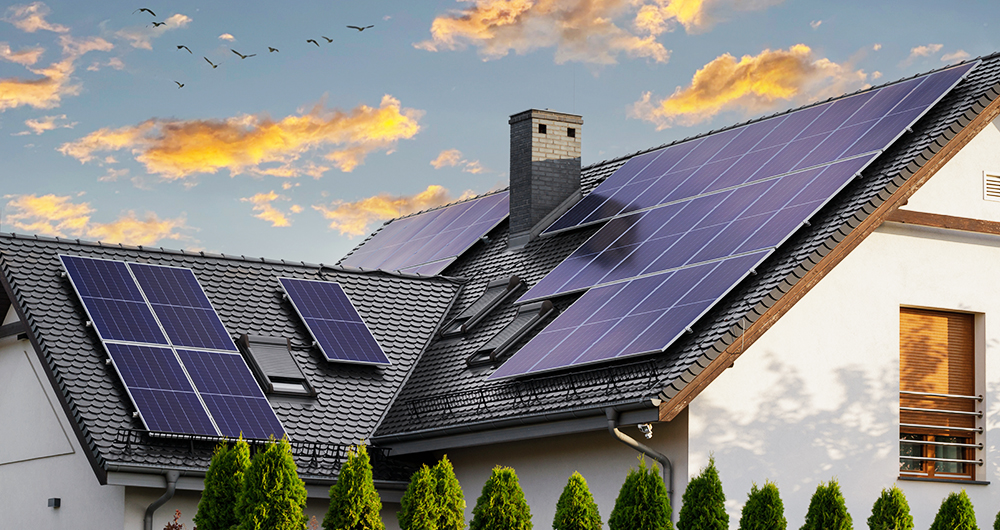
When to Choose Solar Panels
Solar panels are often the better choice if:
- Your roof is still in good condition
- You want the most electricity for your money, as bulky solar panels may be less aesthetically pleasing but generally offer higher energy efficiency compared to solar shingles
- You want a faster installation process
- You’re looking for the best return on investment
Maintenance Considerations
Solar Shingles: These systems are integrated into your roof, so repairs or replacements can be more involved. Solar shingles work by generating electricity from sunlight, similar to traditional solar panels: they produce DC power, which is converted by an inverter into usable AC electricity for your home, while also serving as roofing protection. If a single shingle stops working, it may require removal of surrounding shingles and rewiring to fix.
Solar Panels: Panels are modular and mounted on top of your roof, which makes it easier to clean, maintain, and replace individual units. Most solar panel systems also include monitoring tools so you can easily track performance.
Both technologies usually come with warranties of 25 years or more, covering performance and manufacturing defects.
What’s Next for Solar Roofing?
Solar roofing technology continues to improve. Some manufacturers are working to make shingles more efficient and affordable, focusing on achieving optimal performance through better materials and design. Advanced photovoltaic materials such as copper indium gallium (CIGS) are being used in next-generation solar shingles, offering alternatives to traditional silicon-based options. As more roofing contractors become trained in solar shingle installation, availability should improve and prices may come down.
Energy storage and smart home integration are also improving, allowing homeowners to better manage their electricity use and even store power for later.
Make Your Decision
Solar shingles and solar panels both have their place. The best option depends on your roof, your budget, and your priorities.
If you’re building a new home, replacing your roof, or facing HOA restrictions, solar shingles may be worth the investment. But if you’re focused on energy output, affordability, and simplicity, traditional solar panels are still the go-to choice.
At Mid-Shore Exteriors, we work with Maryland homeowners to install durable, efficient roofs that protect your home and set the stage for future energy savings. Whether you’re ready to go solar now or just planning for the future, we’re here to help.
Contact us today for a free consultation, and let’s talk about the best solar roofing solution for your home.
